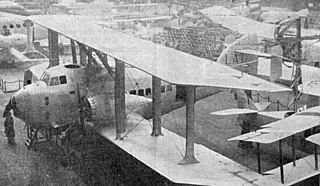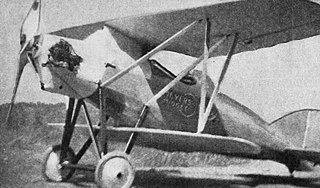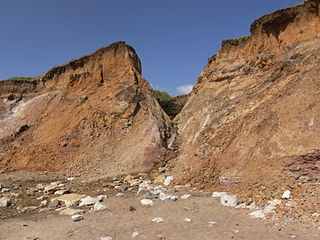
The Latécoère 4 was a three-engined, 15-passenger biplane built in France in the early 1920s. It proved difficult to fly and was discontinued, though a second machine was completed as the Latécoère 5 bomber.
The Latécoère 550 was a four-engined French seaplane, designed in the early 1930s as a bomber/torpedo bomber. Though initial handling problems were partly resolved, the aircraft was deemed too slow and did not go into production.

The Meyers Midget was a one-off small, low-powered, sporting single-seat sesquiplane, designed and built in the United States in 1926, incorporating several innovative structural features.

The Albatros L.71 was a two seat, single pusher engined biplane built in Germany in the 1920s.

The Potez VIII was a French training aircraft which first flew in 1920. Originally it had a very unusual vertical inline engine and a four-wheeled undercarriage, though the production version was more conventional.
The Potez 26 was a single seat fighter aircraft designed and flown in France in the mid-1920s. It did not reach production.

The Potez 31 was a prototype French two-seat night fighter, flown in about 1928, intended to fill the Cn.2 specification for the Armee de l'Air. Only one was built.
The Potez 27 was a French reconnaissance biplane first flown in 1924. 175 were operated by the Polish Airforce, most built in Poland by PWS under licence. Others went to Romania, where they were also used as light bombers.

The Caudron C.74 was a ten-seat, four engine passenger biplane built in France in 1922. It showed promise but the sole prototype crashed fatally in a competition and no more were completed.

The Caudron C.39 was a French three engined biplane with a cabin for six passengers when the aircraft was equipped as a landplane or four passengers when on floats. It was flown with some success in competitions in 1920 and 1921.
The Caudron Type H was a collective name for three different Caudron designs of 1912-3. One of these was an amphibious three seat biplane built for the French military. Two were completed, one appearing at the Paris Aero Salon in November 1912.
The Caudron Type B Multiplace was a large French biplane designed to carry up to five passengers in a cross country time trial of 1912. It was destroyed early in the event.
The Villiers 26 was a French naval seaplane which used Handley Page slats to provide the wide speed range required for escort and patrol duties. It was tested, behaved satisfactorily but received no production order.

The Heinkel HD 20 was a twin engine, three seat German biplane built in 1926 for civil survey work.

The Rohrbach Ro VII Robbe was an all-metal, twin engine flying boat built in Germany in the 1920s. It could be adapted to commercial or military rôles.
The Latham E-5 was a large French Naval four engine biplane flying boat, flown in 1925. It was successfully tested but only one was built.

The Lioré et Olivier H-23-2 was an amphibious maritime reconnaissance flying boat, built in France in 1932. Three were produced for the Venezuelan Army Air Service.
The Latham L.1 was a French competitor in the 1923 Schneider Trophy race. It was a twin engine, biplane flying boat, built by Société Latham.
The Peyret-le Prieur seaplane was a low power, two seat biplane floatplane trainer flown in France in 1924. It did not reach production.

The CAMS 54 was a strengthened and more powerful version of the French CAMS 51 civil transport and naval reconnaissance flying boat, developed for transatlantic flights. It is sometimes referred to as the 54 GR.





















